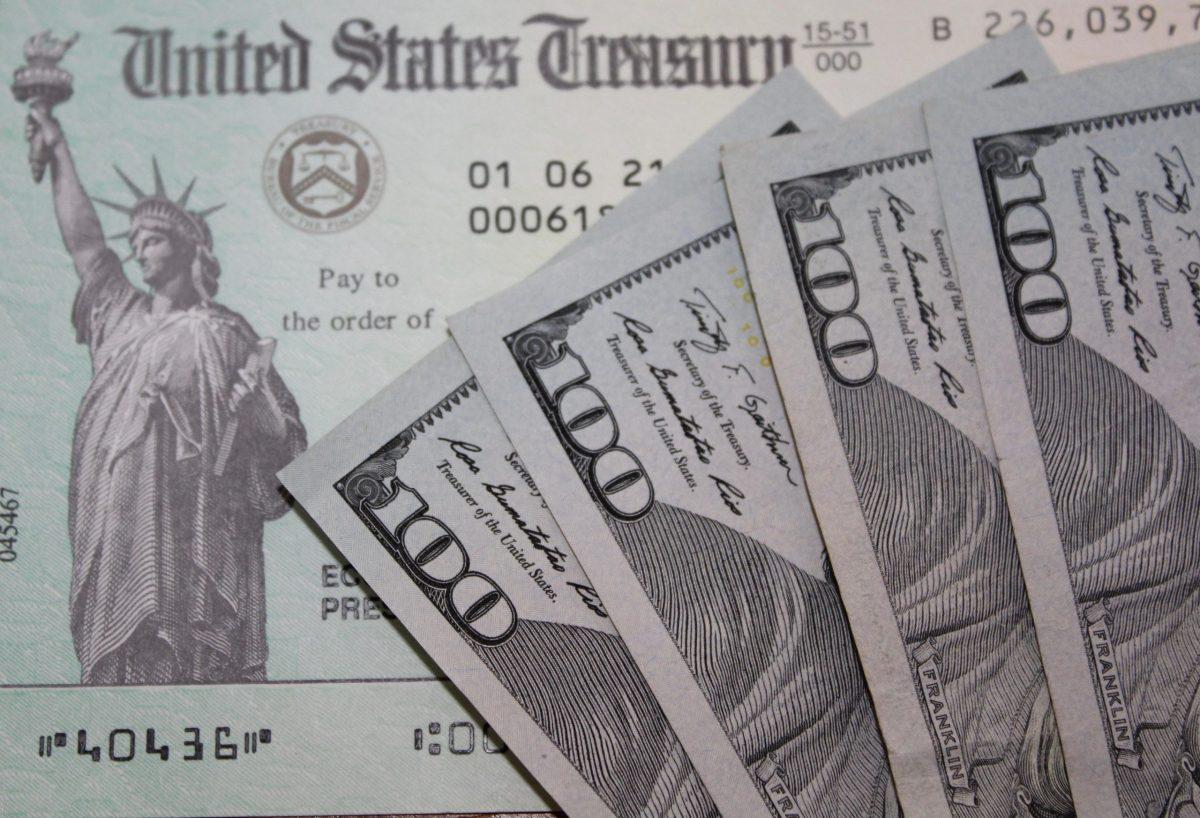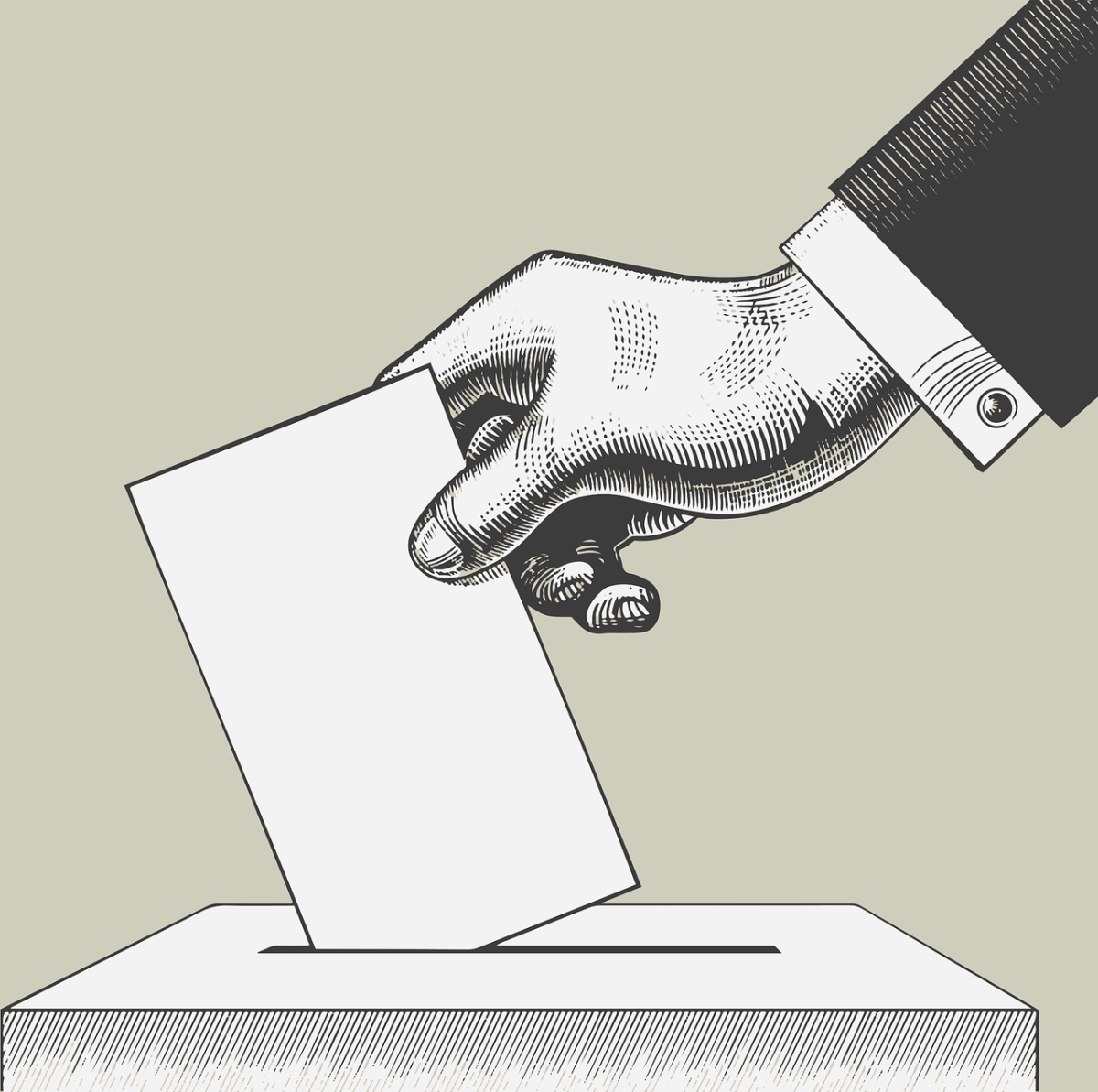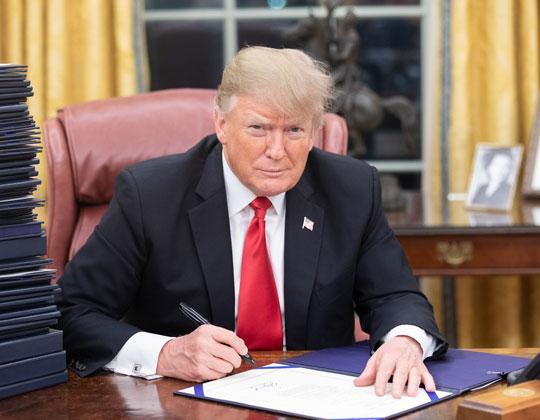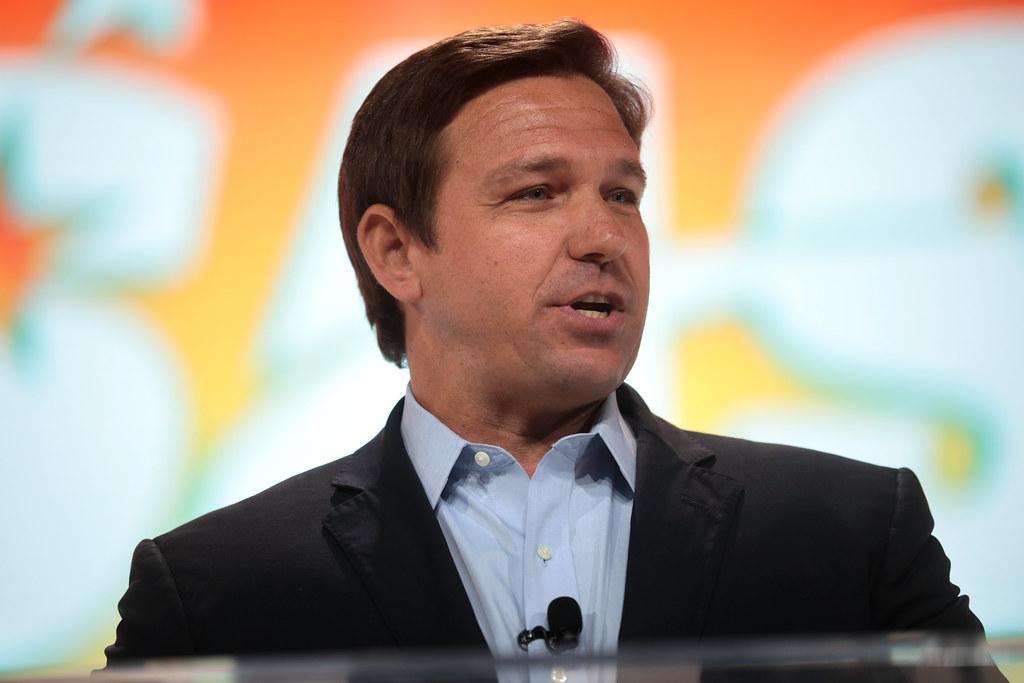“That’s what the American people were promised,” said President Joe Biden on $1,400 stimulus checks. On a January 29 press conference, Biden reaffirmed his stance on the amount of money that should be given out in the next round of stimulus checks. According to the president, “I’m not cutting the size of the checks. They’re going to be $1,400, period.”
This comes after numerous rounds of debate in the Senate between Democrats, who are pushing for high stimulus amounts, and Republicans, who are pushing for lower payouts. Last week, a group of ten Republican senators unveiled their own $618 billion relief proposal, which would include checks of $1,000 to each person, plus $500 extra per child or adult dependent. This contrasts with Biden’s checks, which are a part of his $1.9 trillion coronavirus relief plan.
Biden’s plan to roll out $1,400 stimulus checks stems from his 2020 promise to give out $2,000 stimulus checks. In December, Congressional lawmakers were able to get $600 checks out after Senate minority leader Mitch McConnell (who splits his power with majority leader Chuck Schumer) blocked consideration of a bill that would reward $2,000 checks. Because the $600 checks were rolled out at the end of last year, the $1,400 checks would allow Biden to more or less achieve his goal of $2,000.
Biden’s stimulus plan includes child and adult dependents, people who depend on others for income. If the same system is used as the previous checks, individuals who earn up to $75,000 per year and married couples who together earn up to $150,000 per year would see the full checks. According to Biden, this is so that “folks making $300,000 don’t get any windfall.”
The Republican senators, however, pushed to lower the money Americans would have to earn to see full payouts. They hope to make the maximum money earned $40,000 per individual and $80,000 per couple.
Previous checks phased downwards in payouts by $50 for every $1,000 earned over the amount needed for full payout. For example, if you were an American making $77,000 per year, you would receive $1,300 from the $1,400 stimulus check. Many predict this system will be used for the upcoming checks as well.
A Quinnipiac University poll found that 78 percent of Americans favor the $1,400 stimulus checks, reflecting the financial struggles many have faced during the COVID-19 pandemic.
Those who oppose the checks claim the money may go to those who don’t need it. Research by the Penn Wharton Budget Model found that 73% of the checks would go towards savings, rather than providing stimulus for the economy. However, the University of Illinois found that there are roughly eight million Americans without jobs that aren’t receiving unemployment benefits, so the stimulus checks would be very important to them.
Biden had hoped to reach a bipartisan agreement on the checks, but to no avail. However, Democrats have a majority in the Senate, and they are moving forward with their stimulus plan regardless of the unanimous Republican opposition. Lawmakers hope to release the $1,400 checks by March 14, and they have already put measures in place to block the possibility of a Republican filibuster delaying the legislation.
And the Democratic party’s proposals for stimulus money don’t stop there. A new proposal hopes to provide $3,000-$3,600 per child to American families, depending on the age of the children, in monthly payments. The requirements for family income would be the same as with the $1,400 stimulus checks. Republicans oppose this proposal as well, as it would increase the national deficit and provide aid to unemployed Americans. The payments for this plan would roll out July 1. Columbia University found that this plan could cut the number of children in poverty by up to 54 percent. This plan is also a part of Biden’s coronavirus relief plan.
President Biden’s relief plan is expected to be passed by the House within a month or so, and this could ease financial stress on millions of Americans. Based on how long it took with previous checks, CBS News estimates it would take two weeks to several months after the passing of a bill for Americans to start receiving payouts, which means some people could be seeing relief money by April.
Sources:
Stein, Jeff. “Senior Democrats to Unveil $3,000-per-Child Benefit as Biden Stimulus Gains Steam.” The Washington Post, WP Company, 7 Feb. 2021, www.washingtonpost.com/us-policy/2021/02/07/child-benefit-democrats-biden/.
DeBonis, Mike Tony Romm. “McConnell Blocks Democrats’ Attempt to Quickly Approve $2,000 Stimulus Checks amid Pressure on GOP to Act.” Washington Post, 29 Dec. 2020, www.washingtonpost.com/powerpost/stimulus-checks-senate/2020/12/29/344fa850-49d9-11eb-839a-cf4ba7b7c48c_story.html.
Lobosco, Katie Cnn. “Stimulus Checks: Why You Won’t Get Another Payment for Weeks — If at All – CNNPolitics.” CNN, 5 Feb. 2021, edition.cnn.com/2021/02/05/politics/stimulus-checks-congress-negotiations-timeline/index.html
Picchi, Aimee. “Third Stimulus Check: When Could You Get a $1,400 Check?” CBS News, 7 Feb. 2021, www.cbsnews.com/news/stimulus-check-1400-dollars-covid-relief-2021-02-07.
Tankersley, Jim, et al. “House Puts $1.9 Trillion Stimulus on Fast Track, With No G.O.P. Votes.” The New York Times, 6 Feb. 2021, www.nytimes.com/live/2021/02/05/us/joe-biden-trump-impeachment?auth=login-google.





































